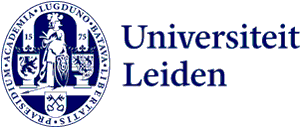ICT
Cybersecurity month: How to recognise phishing mails
Your lecture starts in 5 minutes. While you’re preparing for the meeting, a mail arrives from the ISSC. If you want your mail to keep working, you’ll need to increase the memory of your mailbox – immediately. They say it’ll only take two minutes of your time. As you’ll need that one mail later in your lecture, you click on the link. You’re directed to a web page that asks you to log in with your ULCN account. After you’ve done so and the stress has subsided a little, the realisation dawns. It was a phishing mail and you’ve entered your account details. What now?
Preventing cyber incidents
Last week we explained how to report a potential incident. Prevention is better than cure, though, which is why it’s important to be alert and learn from incidents. But how can you prevent a cyber incident?
- First check, then click! Check the email first. You can identify a phishing mail from: bad grammar, asking you to log in or prompting you to do something quickly.
- Also check the sender’s email address. Who is the sender? And does their email address look suspicious?
- Unsure whether a link is reliable? There are a number of link-checker websites available. These allow you to copy in a suspect link and find out if it is legitimate.
- If you are still in doubt, report it to the ISSC Helpdesk via tel. 071 527 8888 or helpdesk@issc.leidenuniv.nl.
Case study
A safe digital environment is everyone’s responsibility. During the annual European Cybersecurity Month in October we’re therefore sharing weekly tips on how to be cyber safe at work.

